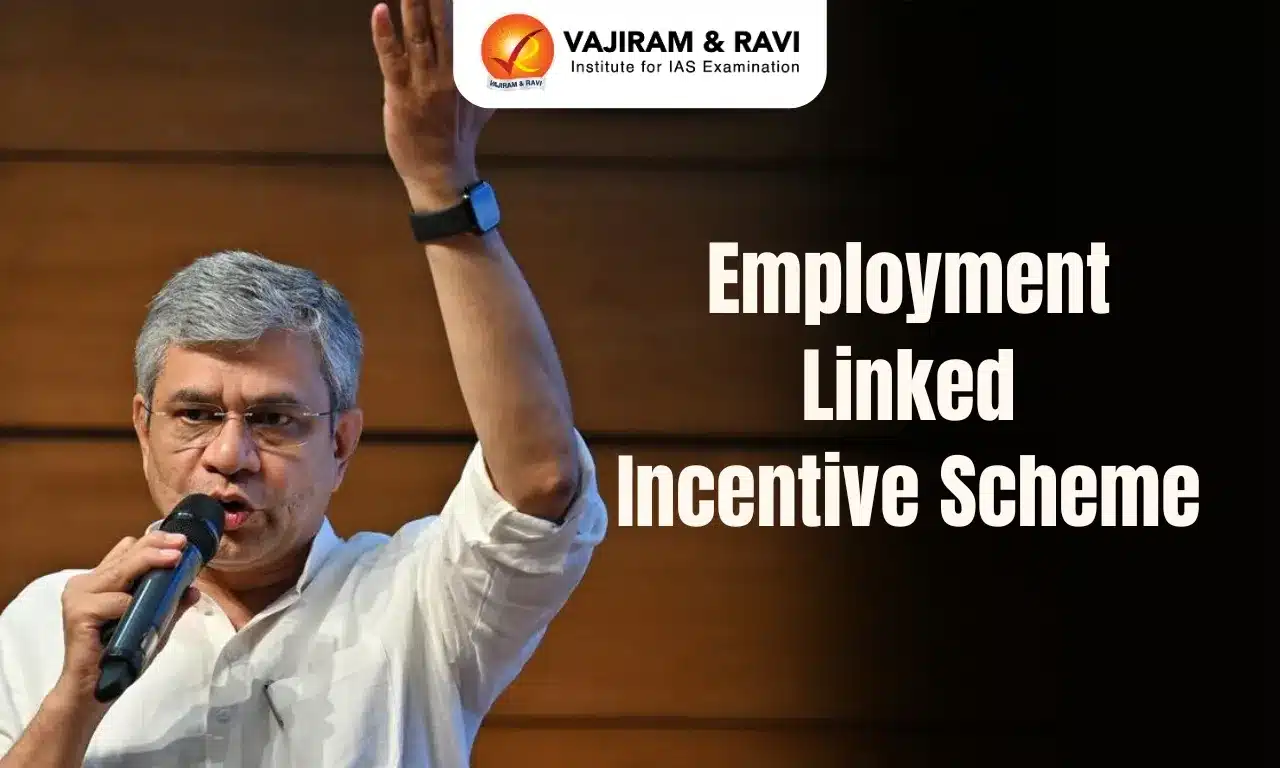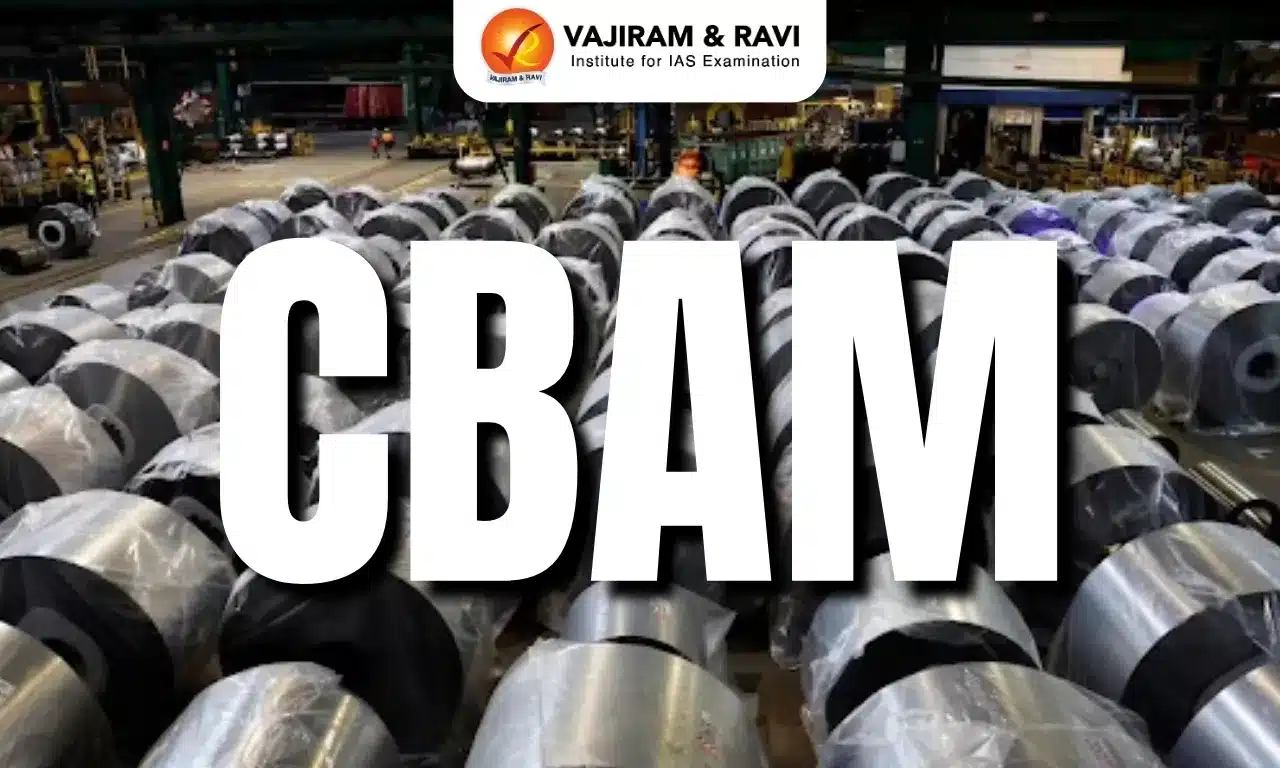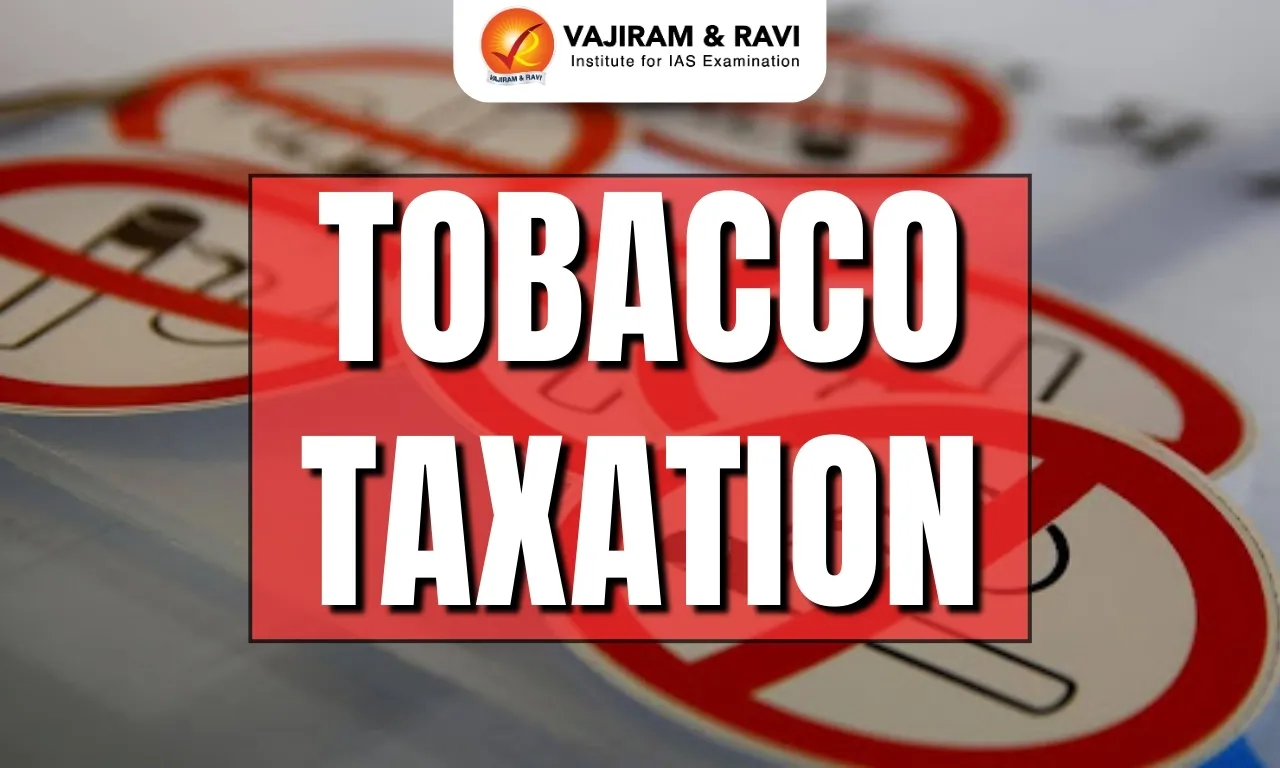Employment Linked Incentive Latest News
- The Union Cabinet on 1st July 2025 approved an Employment-Linked Incentive (ELI) scheme with an allocation of Rs. 99,446 crore to support employment generation.
India Launches ELI Scheme to Boost Job Creation and Formal Workforce
- The Union Cabinet, chaired by Prime Minister Narendra Modi, has approved the landmark Employment Linked Incentive (ELI) Scheme with a financial outlay of Rs. 99,446 crore.
- The scheme is part of the government’s larger vision to generate over 3.5 crore jobs over two years, with special emphasis on integrating first-time employees and promoting employment in the manufacturing sector.
- This ambitious scheme was announced in the Union Budget 2024-25 as part of a Rs. 2 lakh crore employment and skilling package aimed at supporting 4.1 crore youth through a combination of direct incentives, skilling initiatives, and social security expansion.
Objectives and Scope of the ELI Scheme
- The Employment Linked Incentive (ELI) Scheme aims to tackle key challenges in India’s labour market, namely low formalisation, slow job growth in manufacturing, and limited incentives for youth entering the workforce.
- The dual focus of the scheme, supporting first-time employees and incentivising employers, is structured to make hiring both appealing and sustainable.
- The scheme is applicable to jobs created between August 1, 2025, and July 31, 2027. It has two core components:
- Part A: Incentives for First-Time Employees
- Part A of the scheme is designed for first-time employees registering with the Employees’ Provident Fund Organisation (EPFO). Under this component:
- Employees with monthly salaries up to Rs. 1 lakh will be eligible.
- Each eligible employee will receive one month’s EPF wage (up to Rs. 15,000) in two instalments:
- The first instalment will be disbursed after six months of continuous service.
- The second instalment will be released after 12 months and the completion of a mandatory financial literacy programme.
- A portion of the incentive will be held in a savings instrument or deposit account to encourage long-term financial planning.
- This part of the scheme is expected to benefit 1.92 crore first-time workers, helping them integrate into the formal economy while providing a safety net through social security.
- Part B: Incentives for Employers to Generate Jobs
- The second component of the scheme targets employers to boost job creation across sectors, with a significant thrust on manufacturing.
- Incentives will be disbursed to employers who create additional employment and retain those employees for at least six months.
- Key highlights include:
- Employers will receive monthly incentives for every new employee hired:
- Rs. 1,000 for salaries up to Rs. 10,000
- Rs. 2,000 for salaries between Rs. 10,001 and Rs. 20,000
- Rs. 3,000 for salaries above Rs. 20,000 (up to Rs. 1 lakh)
- To qualify, employers must add:
- At least 2 new employees (if total staff <50)
- At least 5 new employees (if total staff ≥50)
- Employers will receive monthly incentives for every new employee hired:
- Incentives will be provided for 2 years across all sectors, and up to 4 years for the manufacturing sector.
- This part is projected to support the creation of around 2.60 crore new jobs.
Implementation and Payment Mechanism
- All disbursements under the ELI Scheme will follow a Direct Benefit Transfer (DBT) model for transparency and efficiency:
- Payments to employees (Part A) will be routed through the Aadhaar Bridge Payment System (ABPS).
- Employer incentives (Part B) will be credited directly into PAN-linked accounts.
- The incentive-linked model encourages sustained employment and minimises misuse, as both employer and employee benefits are tied to continuity and compliance.
Broader Implications for Labour and Industry
- The scheme is not just a wage-support mechanism but also a labour formalisation and skill-building initiative.
- By mandating EPFO registration and financial literacy, the ELI scheme aims to bring informal workers into the social security net and empower them for long-term financial inclusion.
- Industry bodies have largely welcomed the initiative. Experts from EY India noted that the ELI scheme represents a “milestone” in fostering an inclusive labour market.
- However, some trade unions like the Centre of Indian Trade Unions (CITU) have criticised the scheme, alleging it diverts public funds to the employer class without sufficient accountability mechanisms.
- Despite divergent opinions, the scheme’s design indicates a move toward a more structured, incentive-driven employment landscape, especially in a post-pandemic economy that demands resilience and adaptability in labour markets.
Last updated on January, 2026
→ Check out the latest UPSC Syllabus 2026 here.
→ Join Vajiram & Ravi’s Interview Guidance Programme for expert help to crack your final UPSC stage.
→ UPSC Mains Result 2025 is now out.
→ UPSC Notification 2026 is scheduled to be released on January 14, 2026.
→ UPSC Calendar 2026 is released on 15th May, 2025.
→ UPSC Prelims 2026 will be conducted on 24th May, 2026 & UPSC Mains 2026 will be conducted on 21st August 2026.
→ The UPSC Selection Process is of 3 stages-Prelims, Mains and Interview.
→ UPSC Result 2024 is released with latest UPSC Marksheet 2024. Check Now!
→ UPSC Toppers List 2024 is released now. Shakti Dubey is UPSC AIR 1 2024 Topper.
→ Also check Best IAS Coaching in Delhi
Employment Linked Incentive Scheme FAQs
Q1. What is the ELI Scheme approved by the Indian government?+
Q2. Who qualifies as a first-time employee under the ELI Scheme?+
Q3. How will employers benefit under the ELI Scheme?+
Q4. What is the duration of the ELI Scheme’s benefits?+
Q5. How will payments be made under the ELI Scheme?+
Tags: employment linked incentive scheme mains article upsc mains current affairs

















